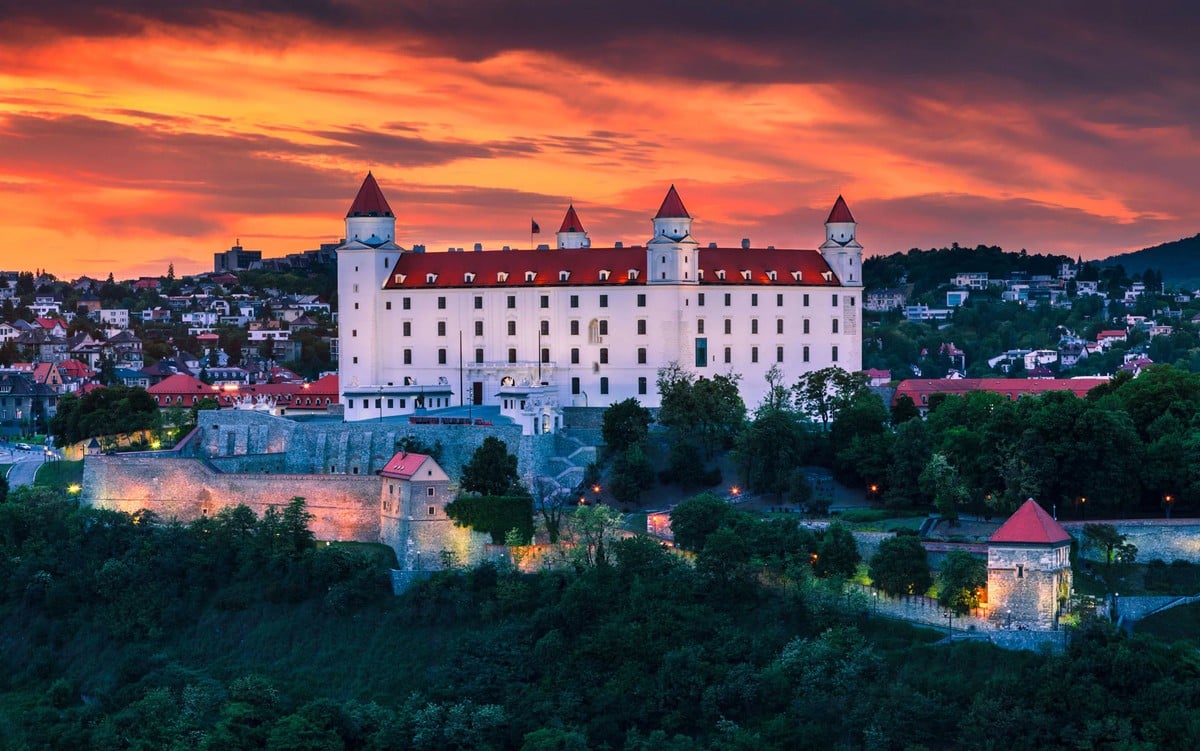Slovakia is a hilly landlocked country located in Central Europe. Slovakia is a parliamentary democracy with a prime minister at the helm and a president who bears the title but has little authority. The nation is split up into eight different regions, all of which are named after their respective capital cities. In 1993, the nation gained total independence from the Soviet Union. About 49,000 square kilometers of Slovakia’s land is mountainous, slightly larger than half of Portugal or roughly twice the size of New Hampshire in the United States. Slovakia is home to 5.4 million people. The capital of the nation is Bratislava, which is also its largest city. Locals frequently speak Hungarian and Slovak, the latter of which is the official language.
Slovakia is known for its historic castles, folk architecture, caves, hot springs, a well-known Celtic town, and European wildlife. Nearly every city, village, and valley in the country hides dozens of fascinating and unexpected secrets. These are Slovakia’s unique spots to visit that one will not find elsewhere.
Slovakia is Primarily Mountainous
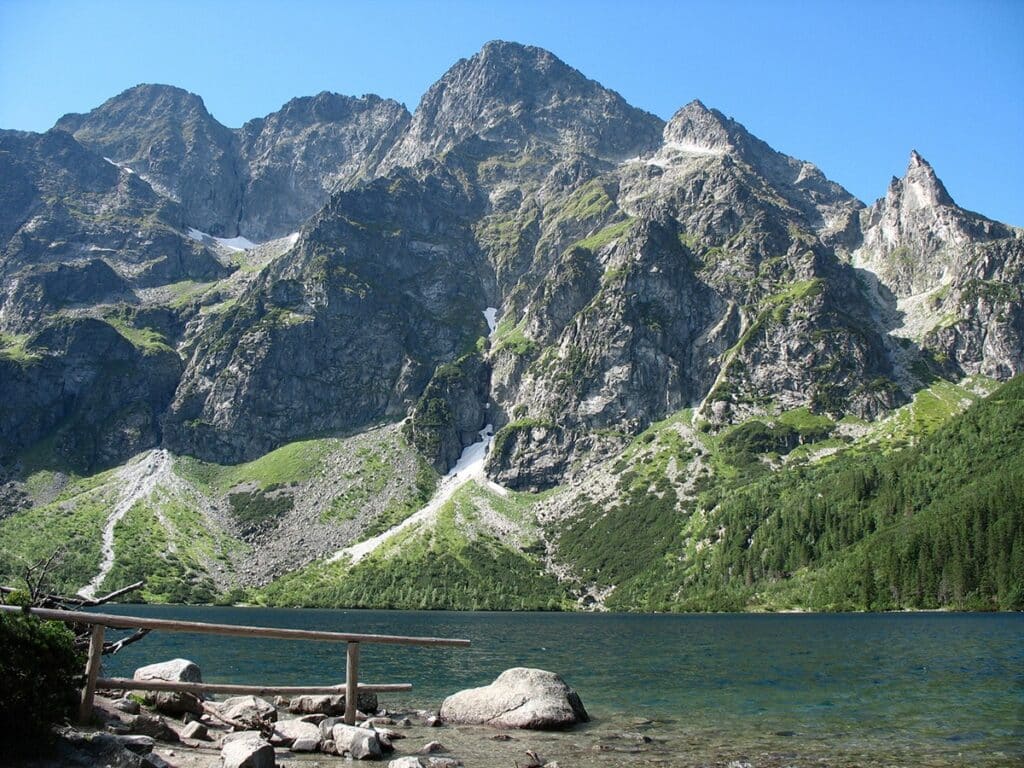
Most of Slovakia is covered by the Tatra Mountains, the jewel of the Carpathians, which rise to an average height of nearly 2,600 feet. Gerlachovský štít, the highest peak in the Tatras, stands at an impressive 2,655 meters and serves as the boundary between Slovakia and Poland in the country’s northern region. An exposed climb leads to the top of this hill, offering spectacular views of central Europe. The Tatras also provide a variety of more accessible trails, where hikers may explore many beautiful Alpine lakes and waterfalls.
The Most Castles in Any Place in The World
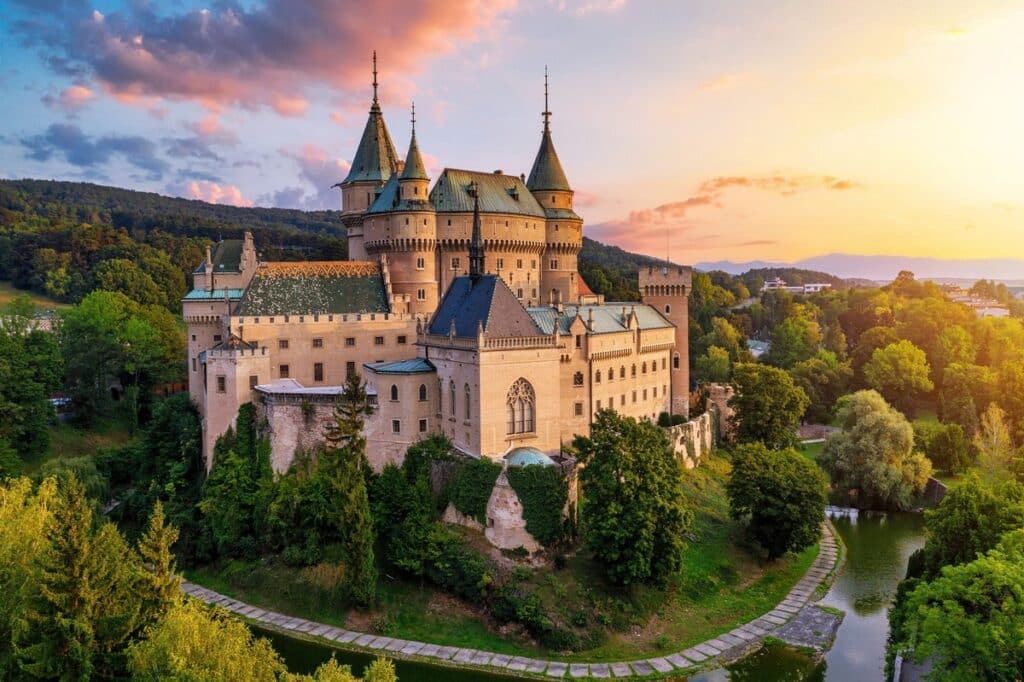
Even though it is still a relatively young country, Slovakia has a rich history. A total of 180 castles and 425 chateaux can be found across the 49,000 km² that make up Slovakia. Castles in the city’s capital, Bratislava, and in Orqva and Bojnice, are visited by tens of thousands of tourists every year. The castle in Spiš, located in Slovakia and listed as a World Cultural and Natural Heritage site by UNESCO, is arguably the most impressive medieval structure in the country.
More Than 1,600 Mineral Springs
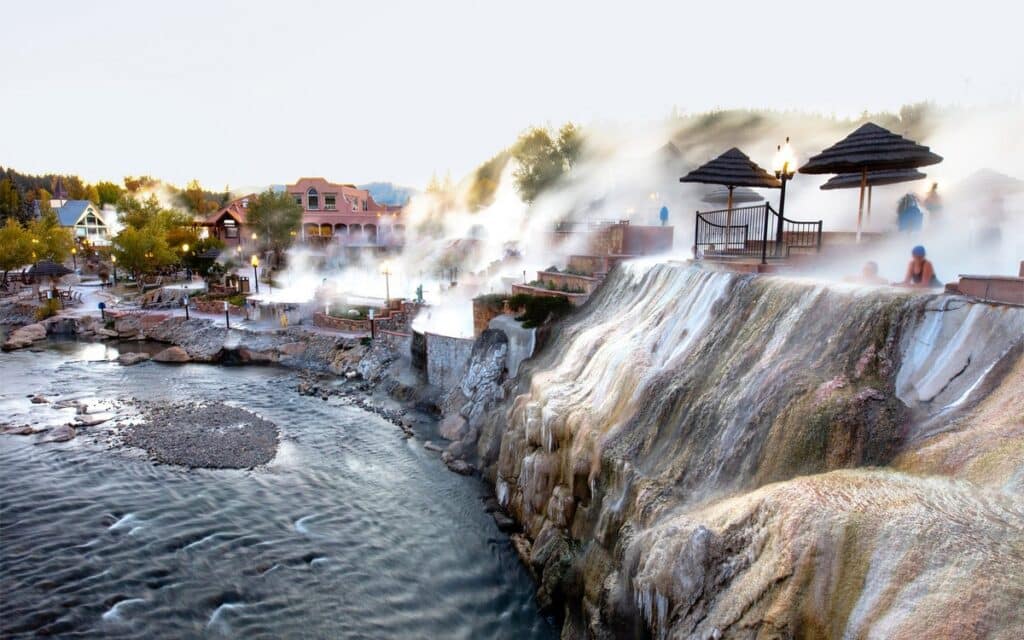
The ground is full of springs in Slovakia. It has more than 1,600 springs officially recorded. Places that provide healthy thermal baths and pure mineral water are among them. Spend some time in the warm, curative waters of either Beeová or Pieany. The town of Podhájska is another option, with water that is supposedly even more therapeutic than that of the Dead Sea. You can literally float on it due to its high salt content. No other location compares to this one in terms of its ability to help one relax and forget about the outside world.
Train Rides Are Offered for Free
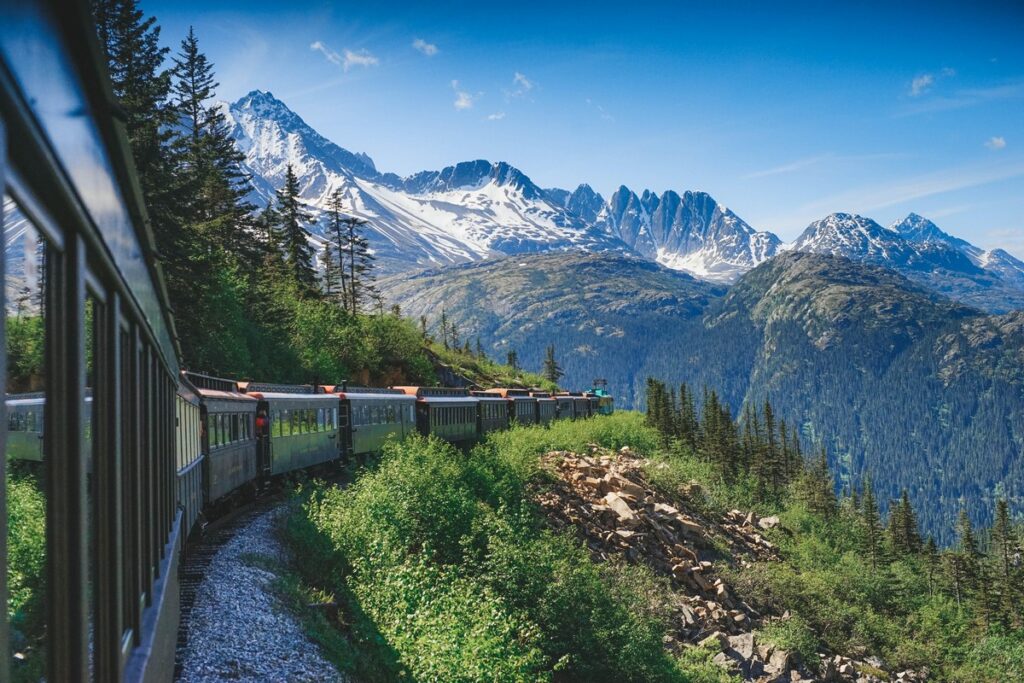
Seniors over the age of 62 and full-time students under the age of 26 are eligible for free train travel, thanks to a decision made by the Slovakian legislature in 2014. Permanent residents of any European Union country can take advantage of this deal by registering to obtain a travel card. This benefit isn’t limited to just Slovak citizens. If you’re fortunate enough to fall into a category that entitles you to free train travel, traveling throughout Slovakia by train is a quick, easy, and inexpensive way to see the country because most towns in Slovakia have a train station.
The World’s First Folk Architecture Reservation
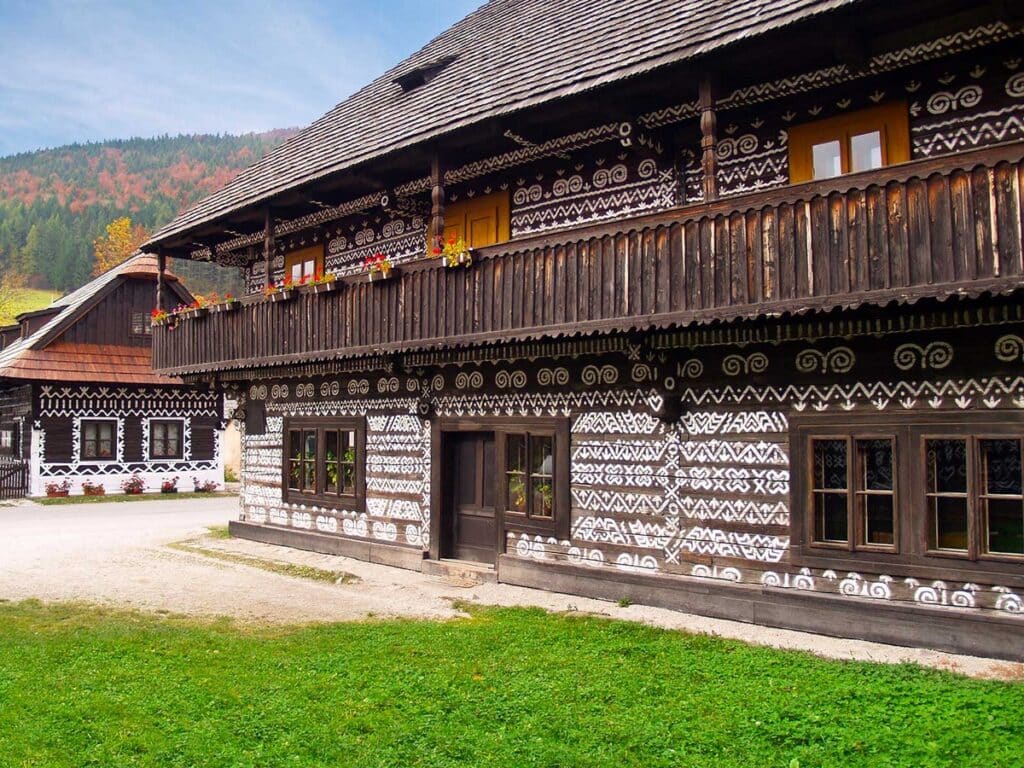
Slovakia is full of folk traditions, and folk music and dancing have been around for a long time. The village of Čičmany, the first place in the world to protect folk architecture, is the most beautiful place to learn about Slovakia’s cultural history. You can look at the intricately decorated wooden houses in the village or go inside to see how people used to live in a Slovak village. While there, get a cup of coffee and look at the folk art, ornaments, and other small things. There’s nothing better to do on a Sunday afternoon in Slovakia.
Their National Dish Is Bryndzové Halušky
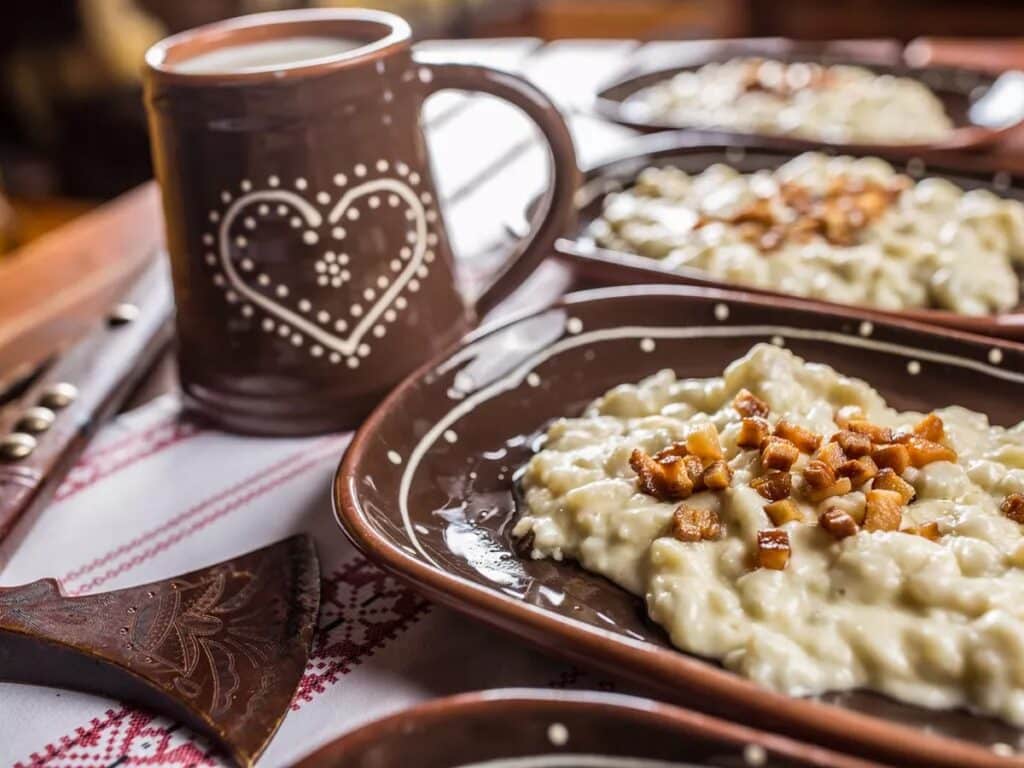
When you go to Slovakia, you should order a hearty “Bryndzové Halušky” dish plate. It is the most popular and always at the top of the menu. The potato dumplings that comprise Slovakia’s national dish are similar to those found in Italian gnocchi. They serve the dish alongside a sheep’s cheese known as “bryndza,” which is crumbly and soft. The end product is velvety, warming, and utterly delectable. The people love the spicy cheese that the city of Turecko hosts, an annual festival named after the dish, and even includes an eating competition.
Skanzens of Slovakia
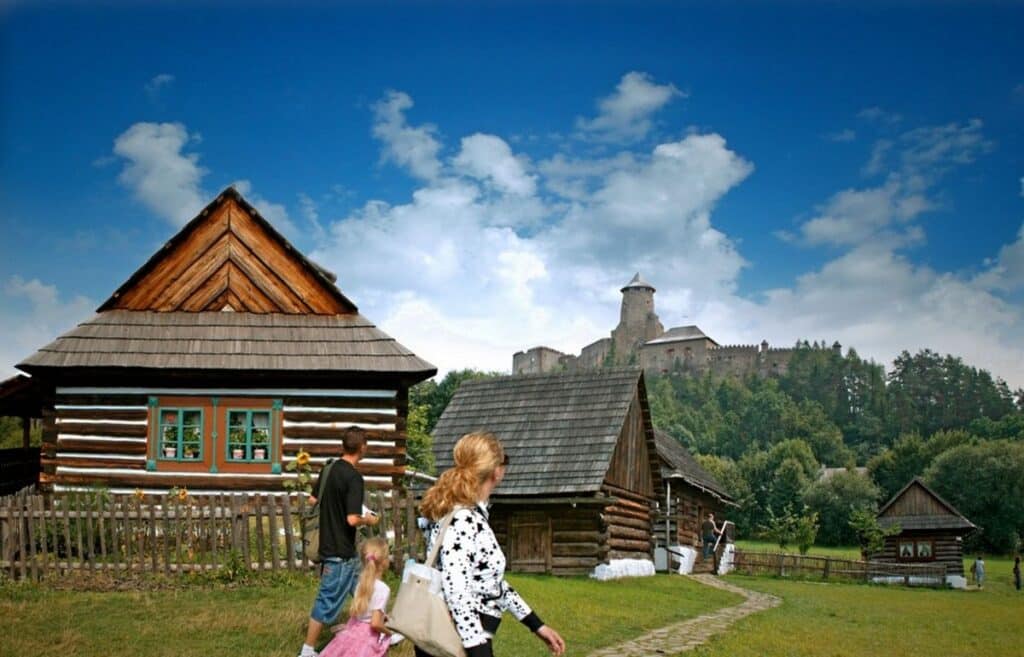
There are 14 open-air museums in Slovakia, also known as “skanzens.” These museums’ goal is to enlighten visitors about the traditional way of life in Slovakia as well as the folk traditions of the country. The preserved buildings feature traditional architecture and furnishings, giving visitors a glimpse into Slovakia’s long and illustrious history. The town of Martin, located in the northern part of Slovakia, is home to the skanzen, the country’s most extensive open-air museum. It comprises 129 structures, such as schools and farmhouses, that illustrate various aspects of daily life in Slovakia multiple times throughout the country’s history.
One of Europe’s Most Beautiful Cities
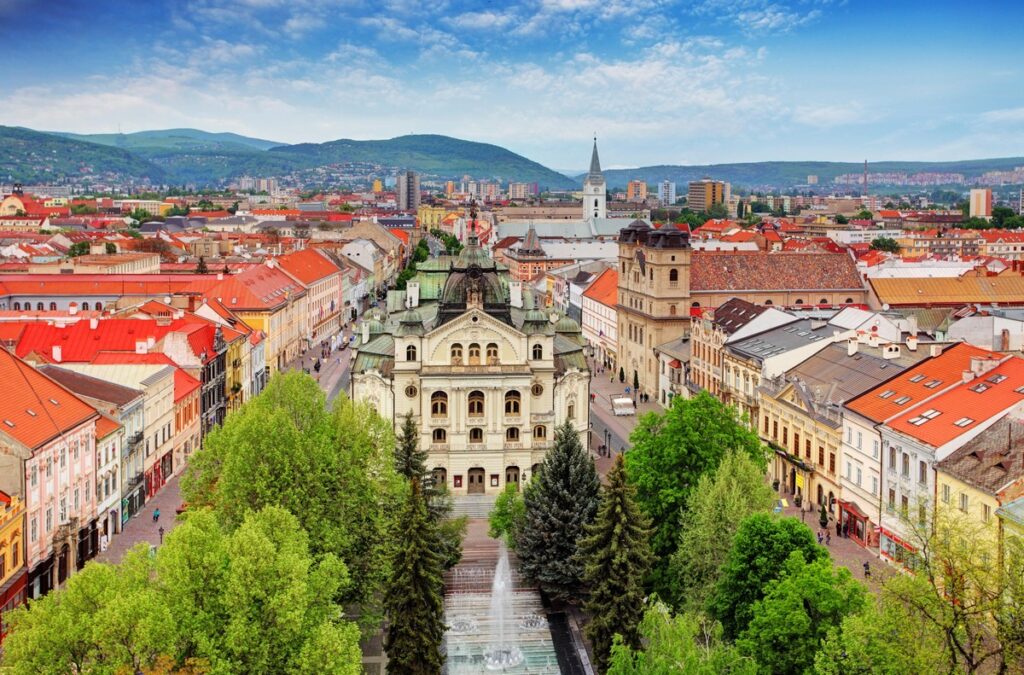
The excellent condition in which its buildings had been maintained is why the village of Vlkolinec was designated a UNESCO World Heritage Centre in 1993. A folk architectural reservation has been established in this town, making it one of ten in Slovakia. It has also been recognized as one of the most lovely places in Europe to take a vacation. Traditional timber houses have been delightfully painted, and some are open for exploration. The interiors of these houses have been preserved in their original state for decades to provide a glimpse into Slovakia’s cultural heritage.
A Cave System That Resembles a Labyrinth
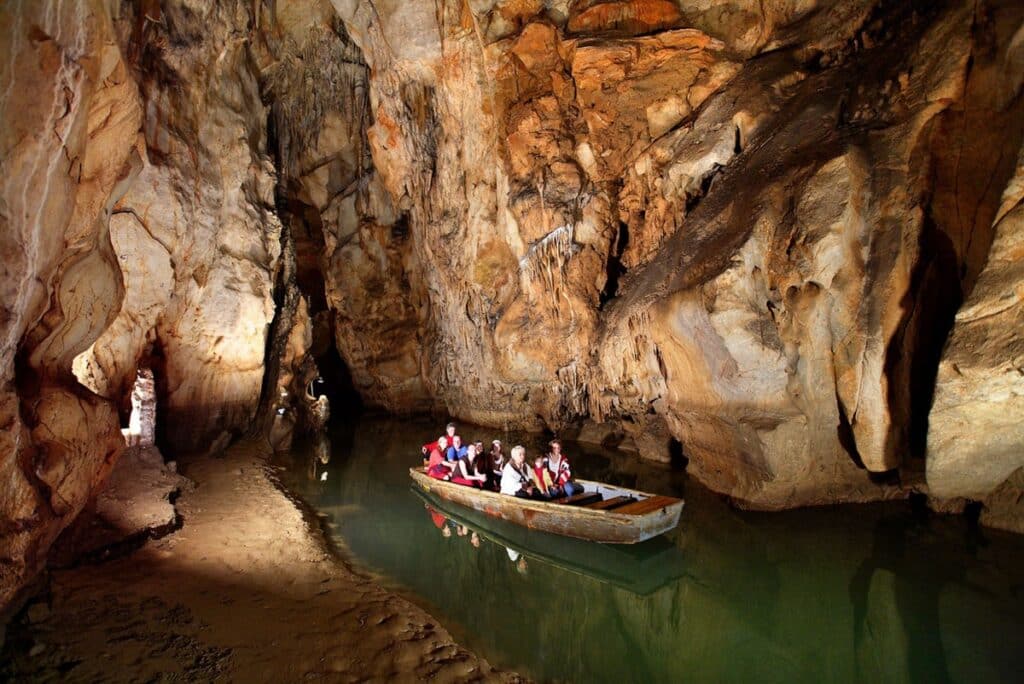
It’s not just the great mountains in Slovakia that make for breathtaking views;, if you look a little deeper than the surface of the dramatic landscape in Slovakia, you might be surprised by what you find. More than 6,000 caves have been located in Slovakia. Each of Slovakia’s national parks is home to several magnificent caves, including winding passageways and enormous rock formations. For example, the Krasnohorska Cave in the southern part of Slovakia is home to the world’s tallest stalagmite, which measures 32.6 meters in height and holds the record according to the Guinness World Records.
Home to 20 UNESCO World Heritage Sites
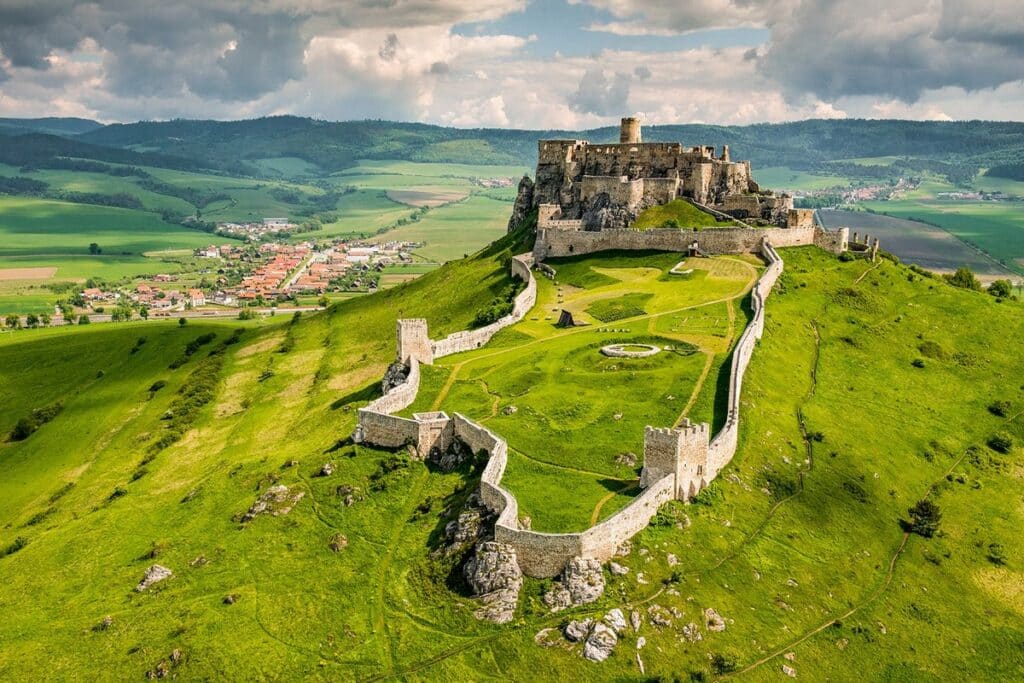
Several UNESCO World Heritage Sites in Slovakia add to the country’s already magnificent collection of castles and royal palaces. For people interested in history and culture, Slovakia is a country with various sites to see. These locations include the medieval village of Banska Tiavnica, as well as the country’s wooden churches and natural caverns. The town of Bardejov also dates back to the Middle Ages and has preserved almost all of its original architecture. The defensive city walls, medieval Burgher mansions, and Gothic Basilica are a few examples of the town’s preserved architecture.
Borders of Bratislava
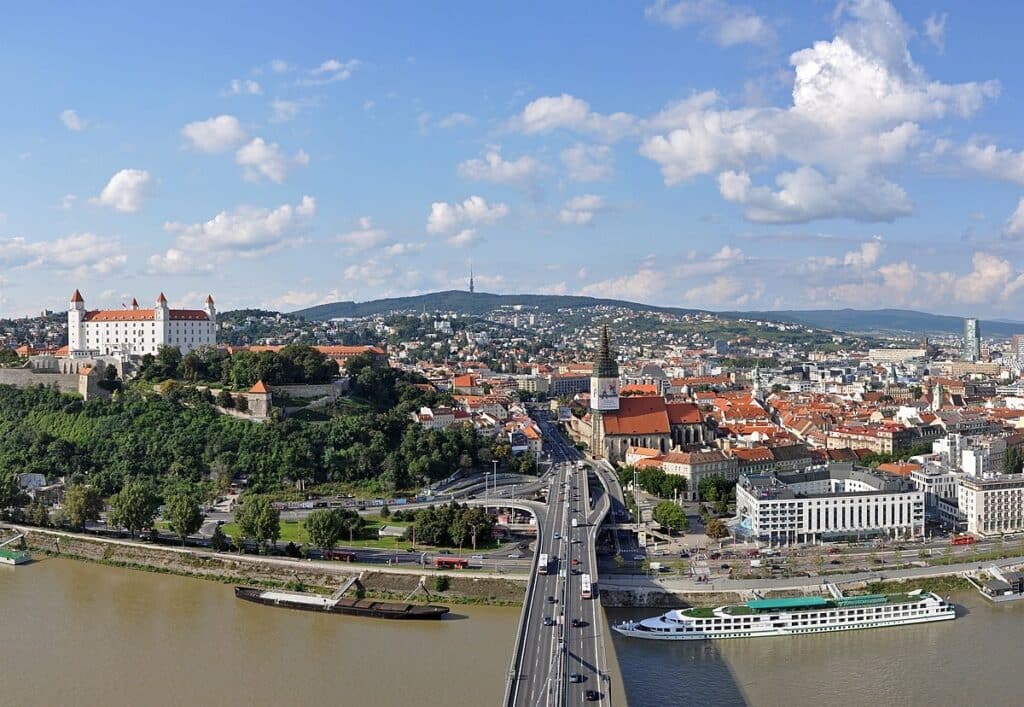
Bratislava, the capital of Slovakia, is unique in that it sits on the border of two countries. It’s the only nation’s capital to have such a feature. From this stunning capital city, located on the Danube, one of the most important rivers in Central Europe, you can easily take a day trip to either Austria or Hungary, which are located to the south and west, respectively. Point of fact, the city of Vienna in Austria can be reached by traveling up this river by boat for a total of only 1 hour and 90 minutes.
The One-of-a-Kind Ochtinská Aragonite Cave
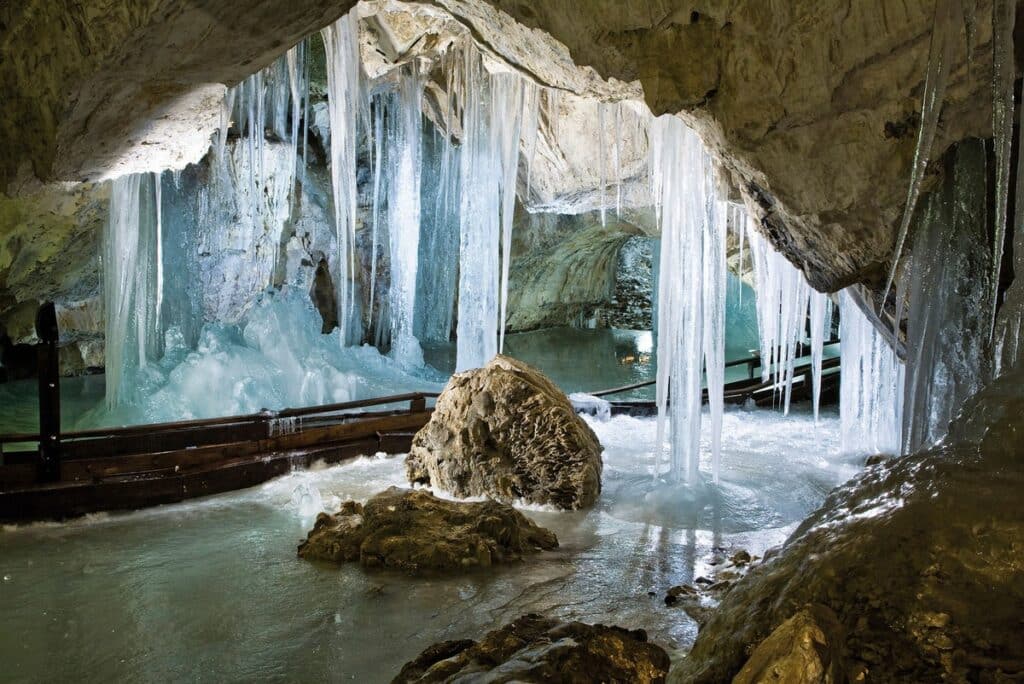
On the entire planet, there are only four caves that are suitable for exploring that contain aragonite. The Ochtinská Aragonite Cave is the only one of its kind in Europe. It is one of just two places in Europe where you can see this rare and beautiful phenomenon and find it in Slovakia. It’s different from other caves because instead of the usual stalactites and stalagmites, you’ll find these odd, milky white plants and branches composed of aragonite. An absolutely one-of-a-kind “weirdo” of the natural world that can only be discovered in this particular location, as well as in Mexico and Argentina!
Folk Dancing Is a Fascinating Part of Their Culture
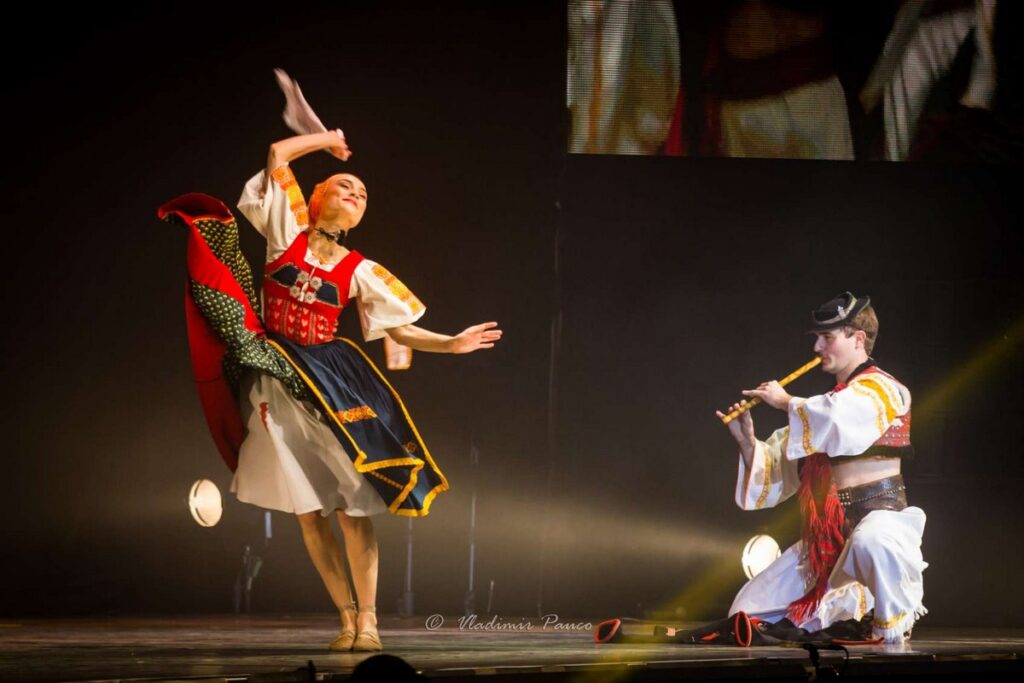
There are over a hundred folk dance troops across Slovakia, and the history of folk dancing in each region of Slovakia is distinct from the others. The musicians play the violin, the bass, and the cymbalo while the dancers wear colorful and frilly traditional folk costumes. These fast folk dances are accompanied by music played on the violin, the bass, and the cymbalo. You can check out the hat dance, the poppy seed dance, and the pawn dance, to name just a few of the many dances named after certain traditions.
The Great Outdoors Right Outside Your Front Door
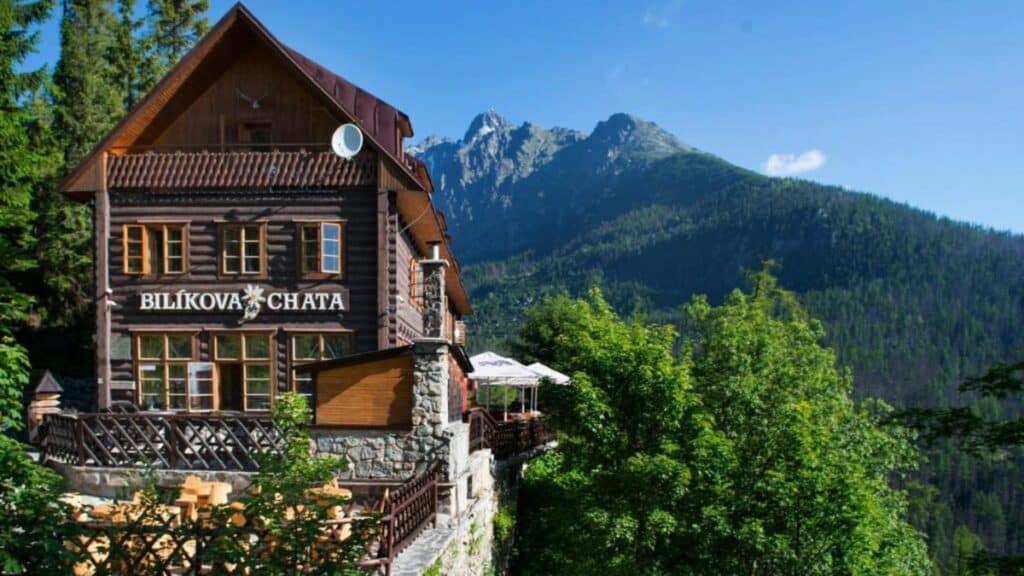
Bratislava is a city in Slovakia known for its lively nightlife and historic old town. In addition to these attractions, the city has a forest right in its backyard. Bratislava Forest is a great place to retreat from the city’s hectic pace because it spans over 20 square kilometers and has hiking trails. Here, you’ll feel rejuvenated by the clean, unpolluted air of the forest. After exploring the ground routes in the woods, you can climb a ropewalk strung from tree branches to create a network of exciting paths high above the ground.
Slovakians Drink More Alcohol Than Most Other Countries
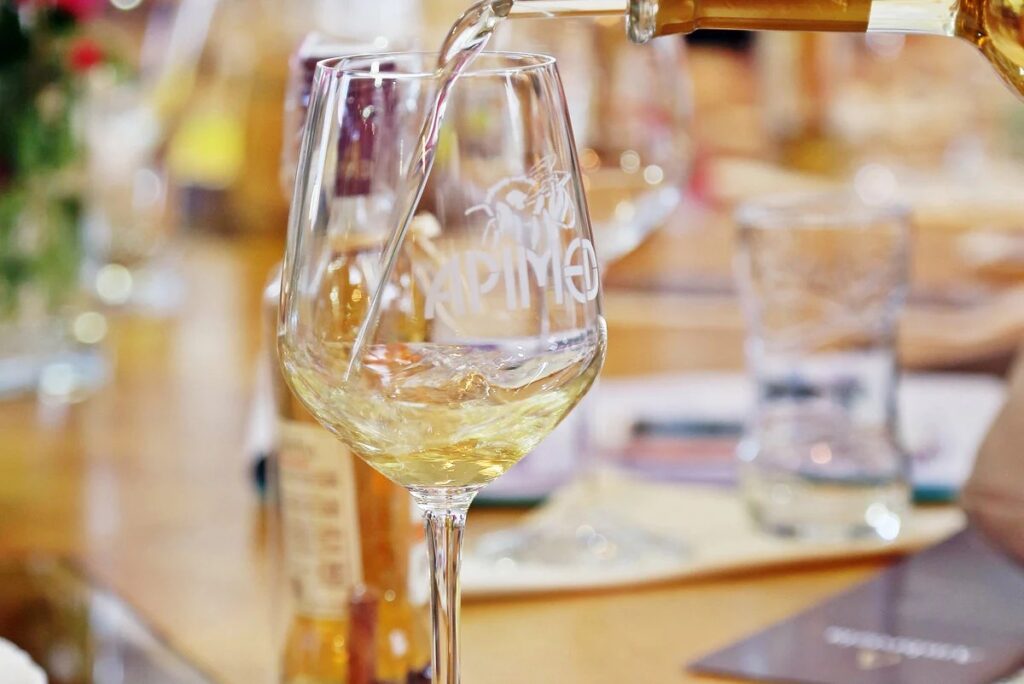
Slovakians enjoy a drink! According to the information published by the World Health Organization, Slovakia is regarded as one of the top ten nations worldwide for the amount of alcohol consumed. According to the data compiled, a typical adult in Slovakia consumes close to 13 liters of straight alcohol annually. You’ll find that the Slovaks have a culture surrounding beer that is at least comparable to that of their Czech neighbors, and the city of Bratislava is full of pubs and breweries that serve some delicious beers of high quality.
Borovička, the National Drink
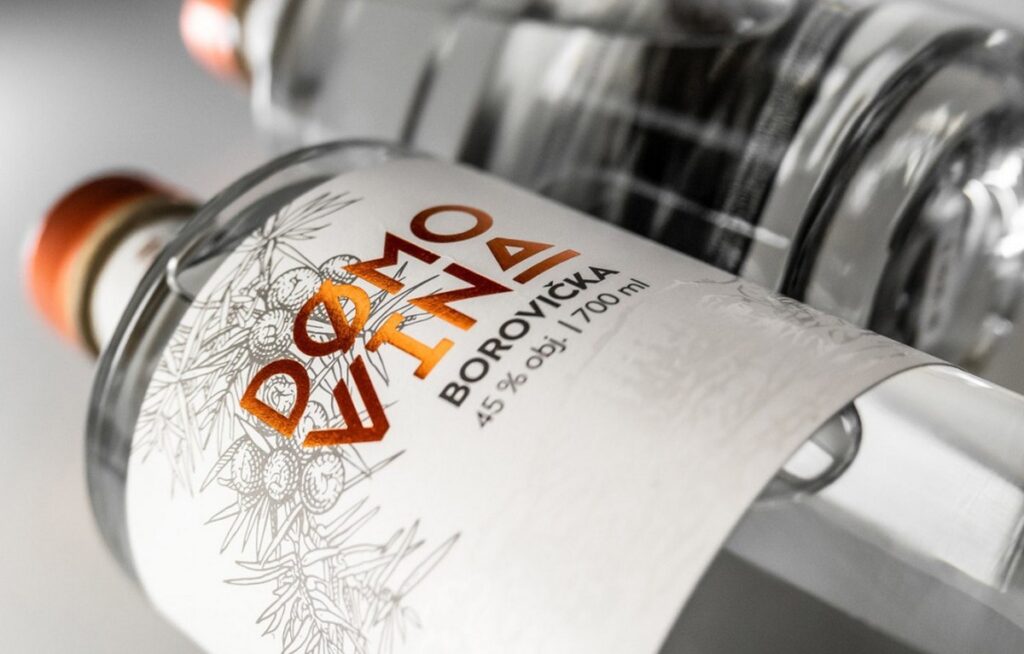
Borovička, the national beverage of Slovakia, is also known as “Moonshine” or “Revenge of the Forest.” Borovička is a spirit produced by steeping fermented, ground juniper berries in a diverse spirit base. This spirit is often mistaken for gin. Some locals view Borovička as a “preventative drink” that should be consumed daily as it is beneficial for various health conditions, such as arthritis and gout, and a properly functioning digestive system. Caution is advised, however, as the alcohol content can range from 40% to 70% and may cause your chest hair to stand on end.
Some Of Europe’s Most Breathtaking Landscapes
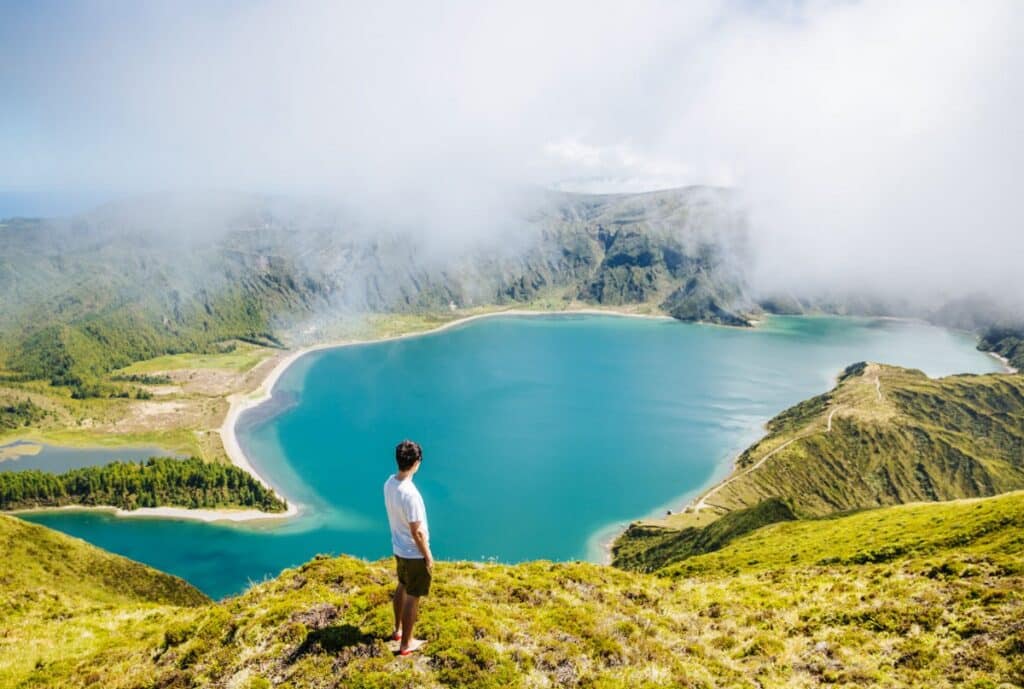
Slovakia possesses stunning natural splendor. This is shown by the existence of 9 national parks and 14 protected landscape areas throughout the country. Lomnicky Peak in the High Tatras may be reached by cable car, and the Dunajec River can be navigated using an old-fashioned wooden raft. Both of these activities are available in the region. There is an opportunity for those with more daring spirits for bear- and wolf-tracking in the Slovak-Moravian Carpathians, one of the few remaining areas of unspoiled wilderness in Europe where human activity has not infiltrated.
A Wilderness And Lost Paradise Called Wolf Mountains
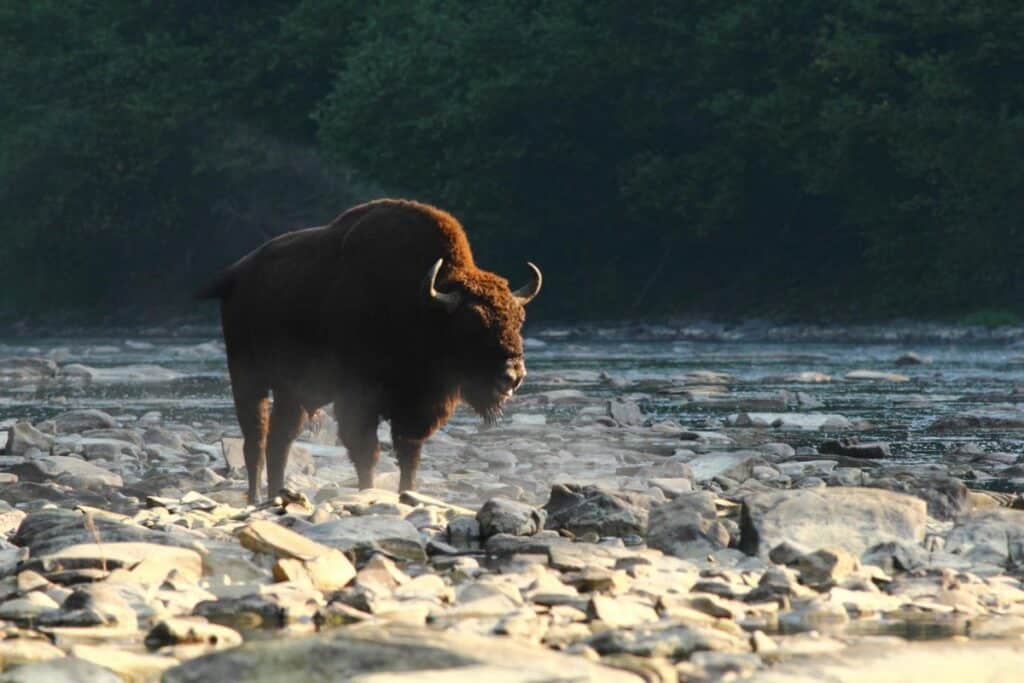
People say Europe’s wild places stopped being wild hundreds of years ago, but it’s still accessible in Slovakia. Ever wonder what the wild looked like before people started controlling it? The Wolf Mountains, located on the border between Ukraine and Poland, is a natural forest with trees over a thousand years old that humans have never touched. The hectic nature of Europe can be just as beautiful as the Serengeti in Africa. Many endangered animals, like the lynx, bear, wolf, wild horse, beaver, and the vast primordial European bison, live in this beautiful wilderness, where there are almost no people.
Rajecká Lesná’s Bethlehem
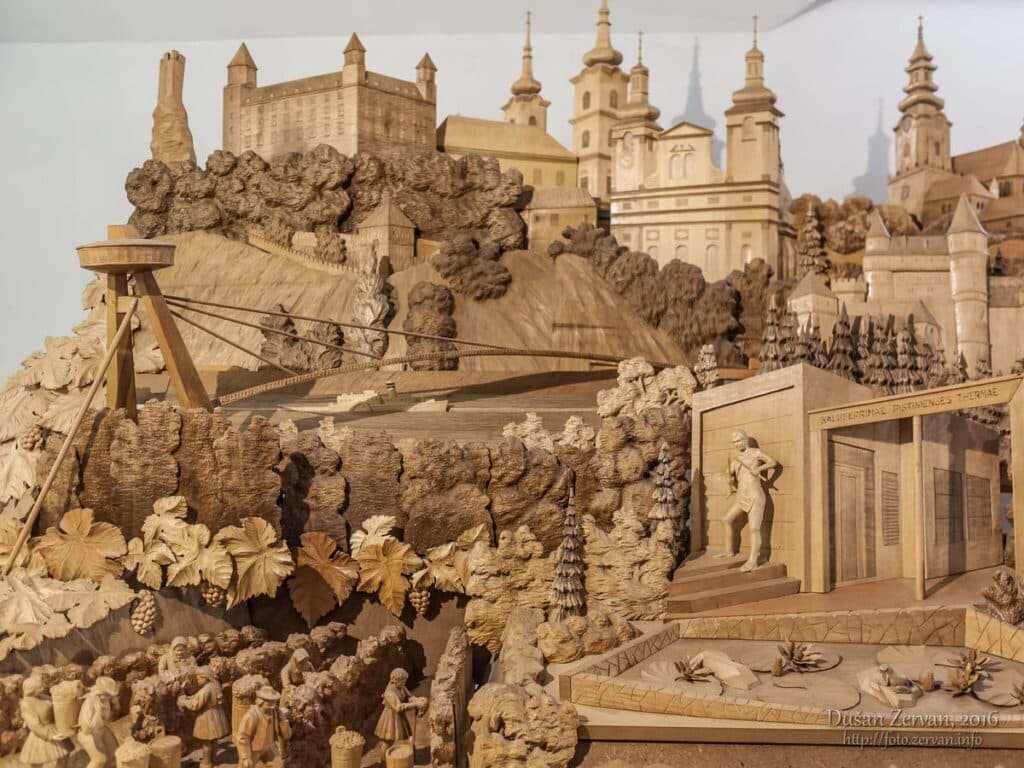
Jozef Pekara, a master carver, worked on the Bethlehem in Rajecká Lesná for over 15 years. It is one of a kind, being the biggest wooden Bethlehem set in Europe, that also has moving components. About 300 people are in Pekara’s Bethlehem, and almost half can move. Its dimensions are 8.5 m in length, 2.5 m in width, and 3 m in height. Not only does this stunning exhibit show the birth of Christ, but it also traces the history of the Slovak people. This Bethlehem carving was considered the biggest of its kind anywhere.
The World’s Largest And Oldest Opal Mines
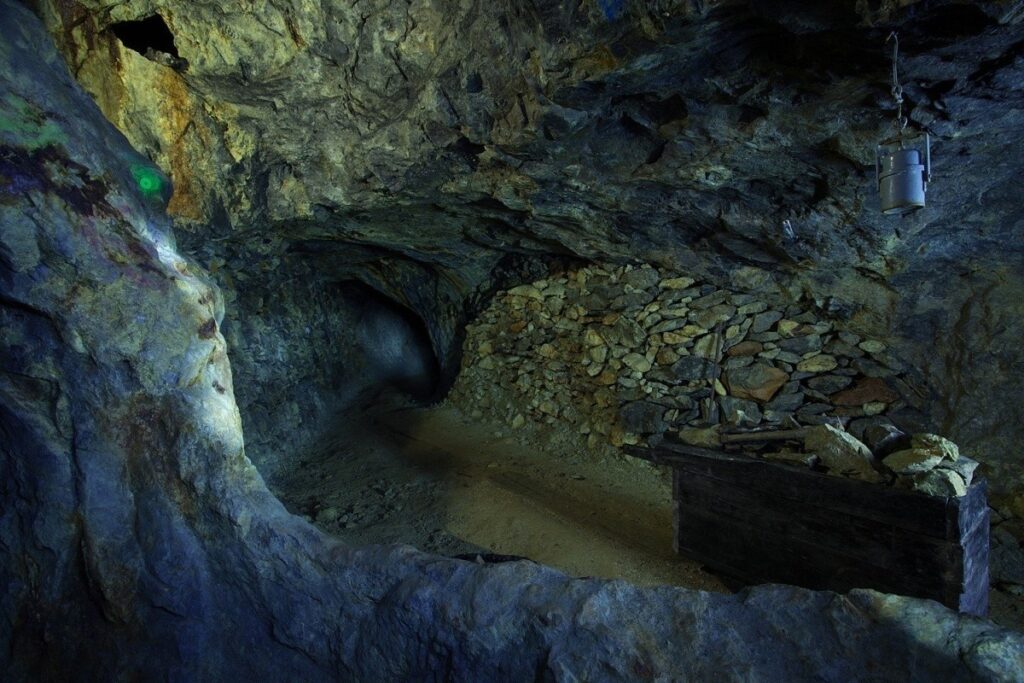
The Slanské Hills contain valuable opal deposits, but few people know them. This is an unprecedented worldwide occurrence since opal has never been mined on such a massive scale anywhere else. The world’s largest and most valuable opal piece comes from mines in Slovakia. The 236-year-old artifact was found and weighed 607 grams. Harlequin got its name from its distinctive color. Experts value it at US$500,000, and it’s in a Vienna museum. Napoleon’s family wore Slovak opal gems, and Empress Josephine wore the famous Trojan Fire opal. Opal mining 150 years ago was only comparable to Australia.
Great Skiing Can Only Mean Huge Mountains
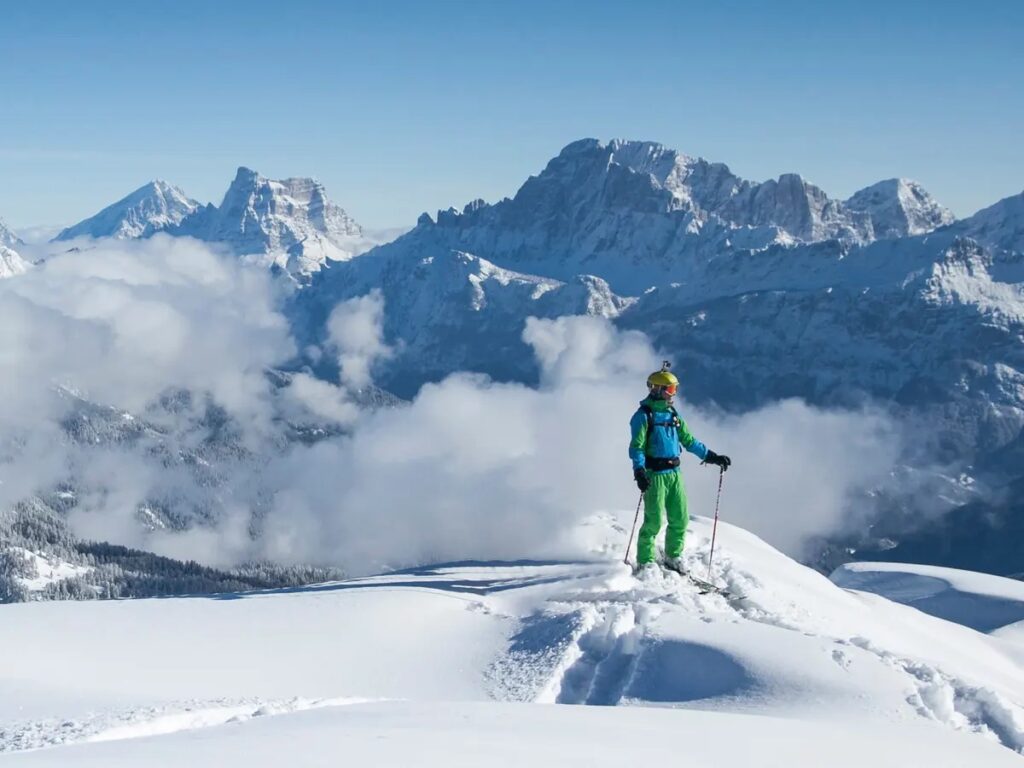
There is no question that the ski resorts in Slovakia are significantly more affordable than their Swiss counterparts in the Alps. Slovakia is a growing destination for budget ski resorts in Europe. A recent article published in The Guardian stated that the ski resort town of Jasná, located in the lower Tatras, provides skiing of world-class quality at affordable prices. The best time to ski in Slovakia is between December and March, and you can reach Jasná from both the capital city of Bratislava and the city of Krakow in Poland in just three hours.
World’s Only Horologe with Accurate Time
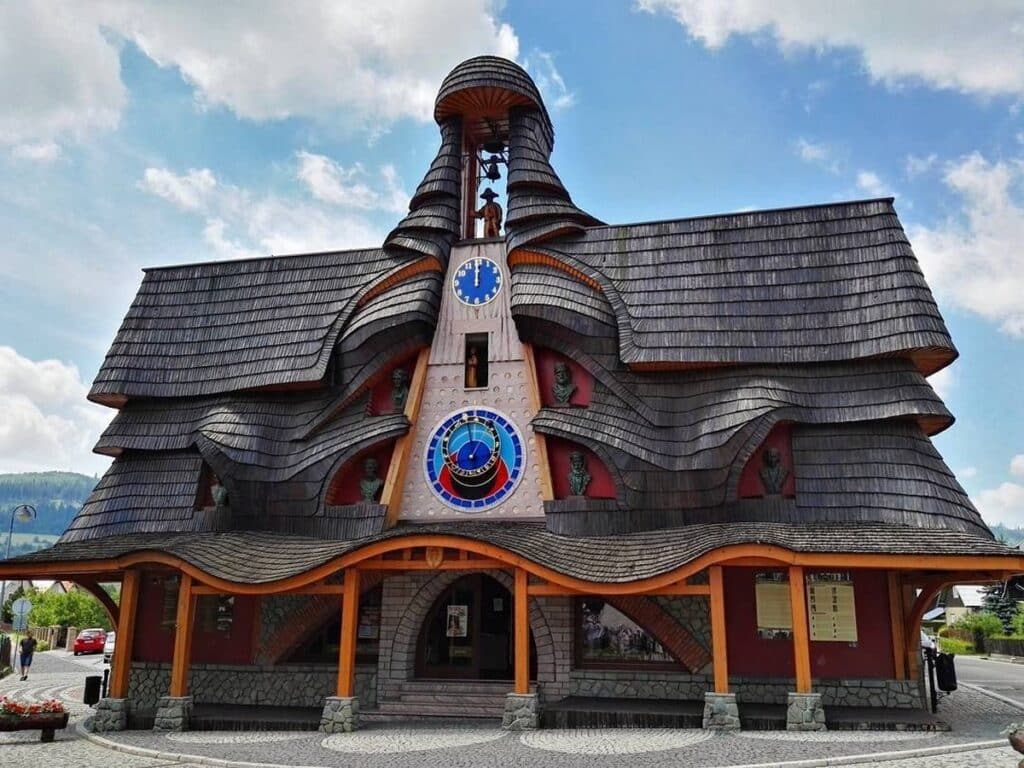
Stará Bystrica, in the Kysuce Region, is home to Slovakia’s only horologe. It is the only horologe in the world capable of displaying a precise measurement of solar time, making it unique among horological instruments. However, because it is difficult to build a horoscope and explain how it works, suffice it to state that the one in Stará Bystrica is the only one in the world that shows the correct solar time. This is because the horoscope was designed to take the coordinates of the place into account.
Highest Wooden Altar in the World
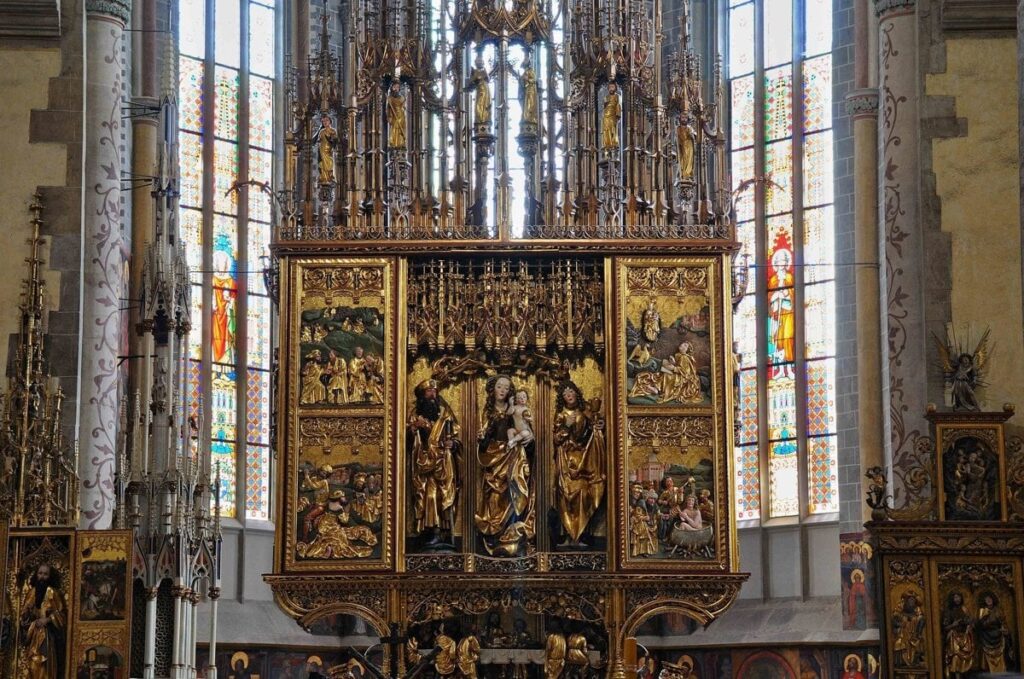
The village of Levoa, with its origins in the Middle Ages, has a unique claim to fame – it is home to the tallest wooden altar in the world. Detailed and labor-intensive, it took Master Pavol of Levoa a decade to carve this masterpiece out of linden wood. Its length is 18.6 meters. Although built in the 16th century, it still holds the title of the tallest gothic wooden altar in the world. The church dedicated to St. Jacob in Levoča is where you can find it.
The Megoňky Stone Balls
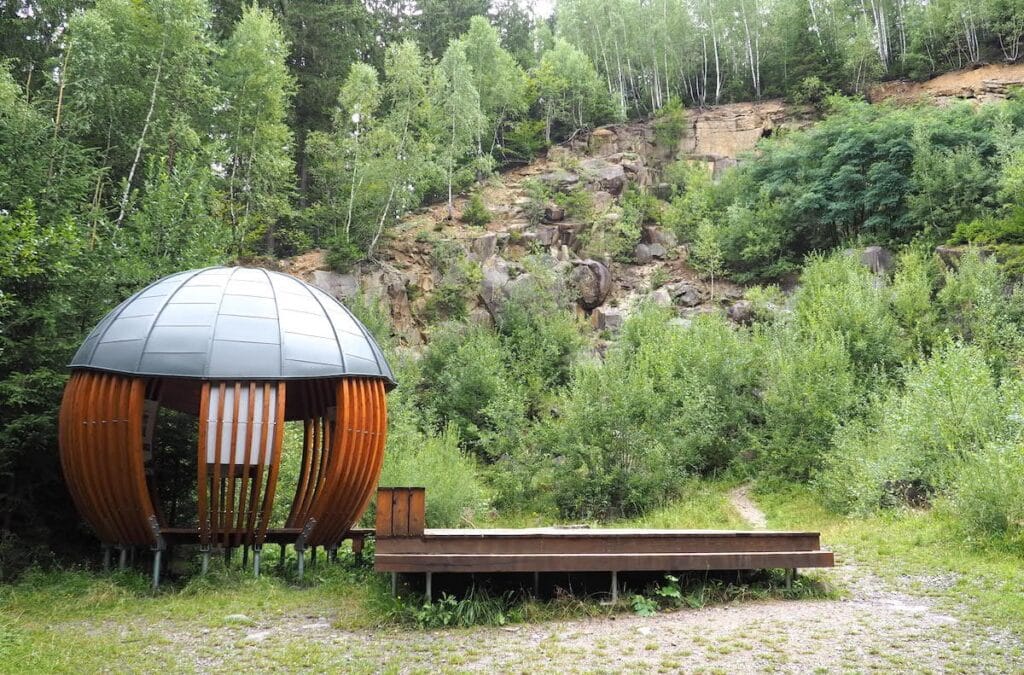
There are enormous stone balls in the nature reserve known as Klokočovské skálie, located in the Kysuce Region. These balls are much like those found in Mexico and Costa Rica. Both of those countries are famous for their discoveries. It is one of the largest stone ball sites in Europe, and it conceals a significant mystery that dates back millions of years. The largest one, given the name Mary and, measures approximately 2.15 meters in diameter, is the second largest. To this day, no one can provide a satisfactory explanation for their beginnings.
